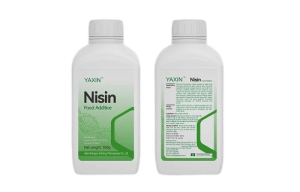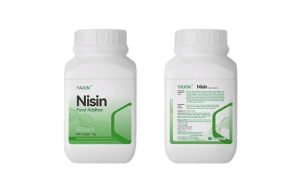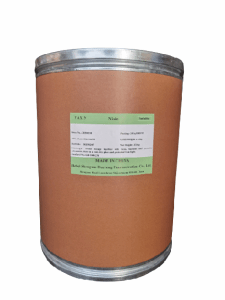
 CONTACT
CONTACT
- Linkman:Linda Yao
- Tel: +8618231198596
- Email:linda.yao@dcpharma.cn
- Linkman:CHARLES.WANG
- Department:Overseas
- Tel: 0086 0311-85537378 0086 0311-85539701
ε-Polylysine Hydrochloride Manufacturer,Preserve Food Flavor
TIME:2024-12-27ε-Polylysine Hydrochloride is closely associated with food flavor preservation, primarily due to its role in food preservation and spoilage prevention. By acting as an effective preservative, it indirectly contributes to maintaining the original flavor of food. Below is a detailed analysis of this relationship:
I. Characteristics of ε-Polylysine Hydrochloride
ε-Polylysine hydrochloride is a polypeptide with broad-spectrum antimicrobial properties, effectively inhibiting Gram-positive and Gram-negative bacteria, yeasts, molds, and viruses. It also exhibits excellent water solubility, thermal stability, and a wide applicable pH range, making it widely used in the food industry.
II. Effects of ε-Polylysine Hydrochloride on Food Flavor Preservation
1. Inhibition of Microbial Growth
Microbial growth and reproduction in food are major causes of spoilage and flavor loss. By inhibiting microbial growth, ε-polylysine hydrochloride extends the shelf life of food, thereby preserving its original flavor.
2. Prevention of Food Spoilage
Food spoilage not only results in flavor loss but can also produce unpleasant odors and textures. As an effective preservative, ε-polylysine hydrochloride prevents spoilage, helping to retain the flavor and texture of food.
3. Preservation of Nutritional Value
Nutritional components in food, such as vitamins and minerals, are prone to decomposition and loss due to microbial activity. By inhibiting microbial growth, ε-polylysine hydrochloride helps preserve these nutrients, indirectly maintaining the food’s flavor.
4. Synergistic Effects with Other Food Additives
ε-Polylysine hydrochloride can be used in combination with other food additives, such as vinegar, ethanol, glycine, and organic acids, to create synergistic effects. This not only enhances its antimicrobial properties but also contributes to maintaining the flavor and texture of food.
III. Application Examples
ε-Polylysine hydrochloride has been widely applied in various food products, including fruits, vegetables, legumes, edible fungi, rice and rice products, wheat flour and its derivatives, coarse grain products, meat and meat products, seasonings, and beverages. In these applications, it not only serves as an effective preservative but also helps preserve the original flavor and texture of the food.
IV. Precautions
Although ε-polylysine hydrochloride has significant advantages in preserving food flavor, the following precautions should be observed during its use:
·Controlled Dosage: The amount used should remain within safe limits to avoid overuse.
·Compliance with Food Safety Standards: Ensure adherence to relevant food safety regulations to guarantee product safety.
·Avoid Adverse Reactions: Monitor interactions with other food additives to prevent undesirable effects.
ε-Polylysine Hydrochloride plays a positive role in food flavor preservation through its antimicrobial activity, spoilage prevention, nutrient preservation, and synergistic effects with other additives. However, its application should be managed carefully, with attention to dosage control, compliance with safety standards, and potential additive interactions. By doing so, ε-polylysine hydrochloride can effectively contribute to food quality and flavor maintenance.
- Tel:+8618231198596
- Whatsapp:18231198596
- Chat With Skype







